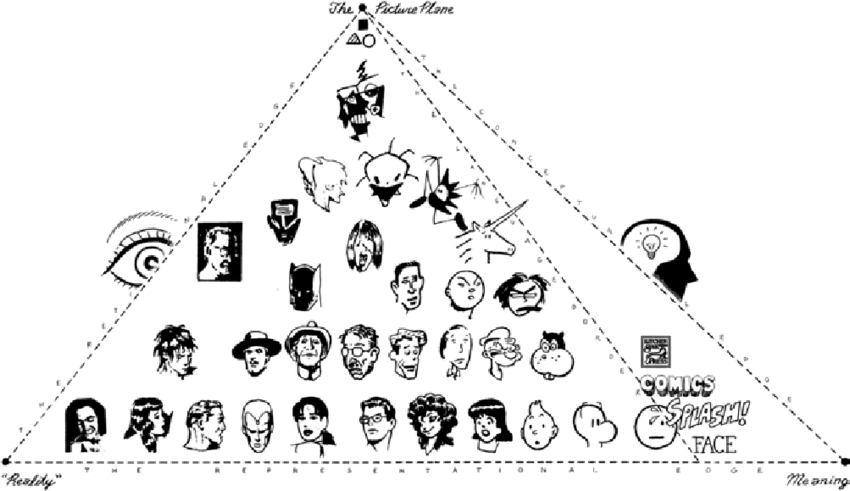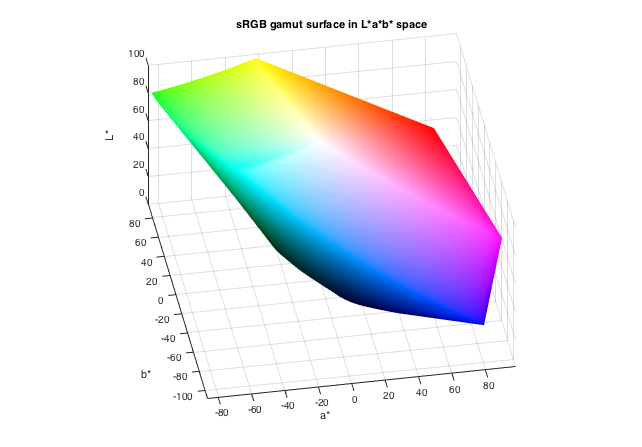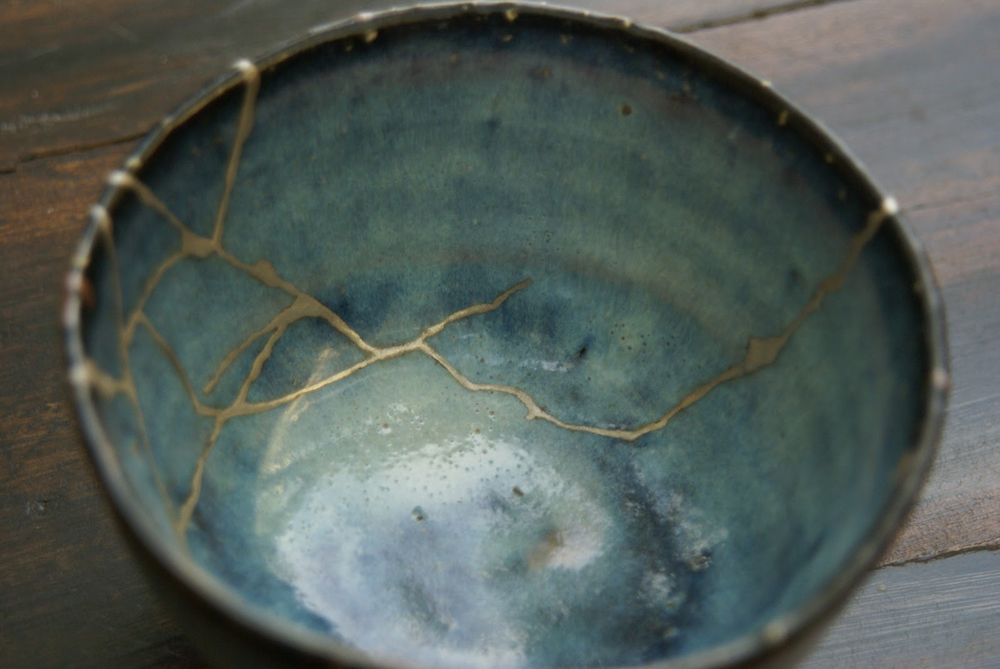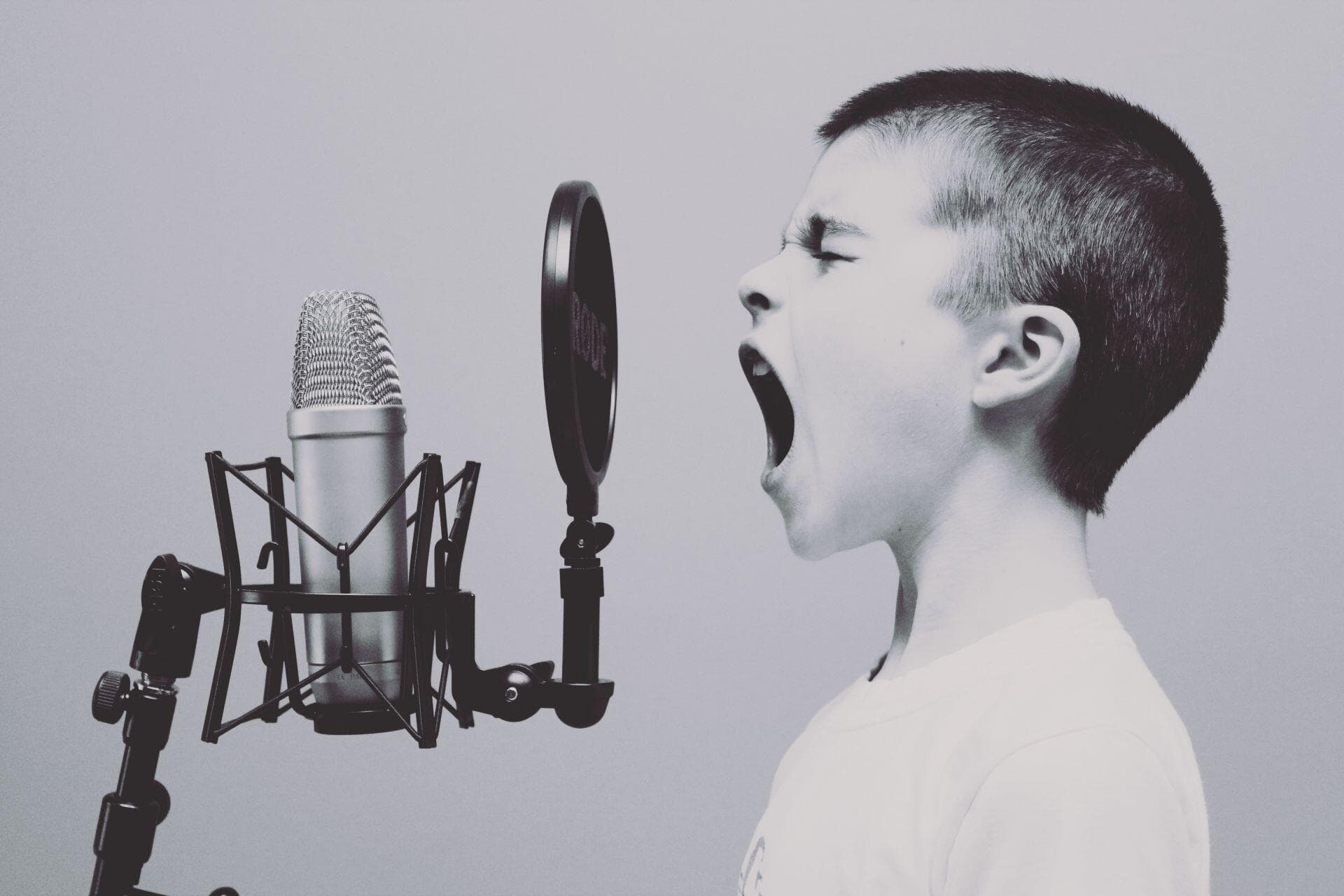I’ve worried a lot about my creative voice in my artistic endeavours, only to find myself confused and afraid.
In any creative pursuit, the issue of creative voice will come upon. Creative voice is the unique expressiveness that makes you’re art amazing. It’s a combination of materials and inspiration, methods that make you different from others.
The next problem is how does anyone find it. How would we recognise it if we found it? It places responsibility on our shoulders, and we worry about how to find the answer.
All these concerns are about the fear of not coming across as authentic. But such a quest is searching for something without knowing what it is or how to recognise it.
I have learned that there are a lot of problems with artistic voice and how to find it.
Myth # 1 Voice is not a choice.
One big mistake is thinking voice is a matter of making a decision. We believe voice is a matter of discovery; like an archer, we see what we’re aiming for, take aim, shoot the arrow, it hits the target, success! All nice, clean and straightforward.
But the reality is different; we can’t see the target or even how to aim. Even if we have a target, we will still wonder if it’s right for us.
Yet, as I have learned, our voice, like personality, is not something you consciously and deliberately find or create. Voice is the collective expression of how you show up in the world and make art.
Our voice is not something we deliberately fashion. Instead, it gradually reveals itself over time as you interact with the world.
Your friends and facility can tell you what type of individual you are; the same goes for your voice. Often, it will be others who can see it better than you can
Myth #2 Voice doesn’t come first
‘You can’t connect the dots looking forward; you can only connect them looking backwards. So you have to trust that the dots will somehow connect in your future.’
Steve Jobs
Another mistake is thinking our voice must be all worked out beforehand; only calling yourself an artist once you have worked out what voice you have. But that’s putting the cart before the horse. It’s like saying to ourselves, I’ll go to the gym when I have bigger muscles. No, you go to the gym to get bigger muscles.
Our misunderstanding is believing we can know our voice first without putting any work into it. We can’t see the future; it’s only the past we thread together to give meaning and see connections. So, when it comes to our voice, we can only understand when we have some experience under our belt.
Being an artist is the practice of finding your voice through the work you produce. Your artistic career is the quest to find the answers and share them. You share what you discover along the way. Voice can only be discovered in the doing. You can’t work it out inside your head; that’s endless speculation and overthinking the problem.
Create, and the voice will arise out of the many instances of expression you offer to the world.

Myth # 3 Your voice is not precise
We artists can often believe that our voice, once discovered, is this clear-cut, well-defined point of reference. However, as I learned from Scott McCloud in his book Understanding Comics, our artistic voice or style has three axes, Reality, Meaning, and the Picture Plane.
Our voice is spread over a three-dimensional volume, just like a colour gamut with three axes. Visual artwork falls within this area; finding out where you live in this space is part of the artist’s journey.
Our voice is not a pinpoint in a map but an area, a range, a playground. Different artists have different volumes defining their voices.
The lesson is don’t try and define your voice too narrow too quickly. Your style may vary, moving from one area to another, the gamut changing.
Myth #4 Only one voice
There’s belief we have only one voice, with one target audience to create for. But in history, artists have often expressed many voices—one after the other or simultaneously. Camille Pissarro moved away from Impressionism for a time into Pointillism. Is that a different voice or just a different style? Renoir eventually had two different client bases. His Impressionist work went to his dealer, but he also painted commissioned portraits for wealthy clients.

Picasso tried many things in his life. Monet’s style changed from his teacher’s realism to the signature impressionism to a more post-impressionist later in life.
We have many passions and interests that arise and fall over our lives, and our voices will change along with them. It’s a myth to think there is just one voice, fixed and waiting to be discovered.
Myth #5 Uniqueness in a requirement
One common belief is our voice has to be unique. Yet, how is that possible with so much art out there? All art is a reaction to what went on before it.
Is a unique voice necessary? Those who claim so are often at odds with the art they produce. Uniqueness is overrated; you can spot the influences an artist has. Many artists today look like each other because they have similar influences; the Impressionist Monet is popular with many landscape painters today. But it makes connector landscape artists look a lot like each other.
I’m sceptical about the idea we need a unique style. What makes our art unique is more the range of influences we have, only one or a few and it can seem more like we’re copying. But with many influences an one source gets lost in the mixture. With the complexity of living today, we can all claim to have a unique path; in that way, our uniqueness will come through in time.
Find your voice
Process and play
One of the most important lessons I learned is mastery is effortless. It’s the Fourth stage of competence, Unconscious competence. Our subconsciousness, when well-trained, takes over. Like speaking extemporaneously or walking down the street, we do it without thinking, the same goes with artist skills. Practice is what matters, and with the intent to always improve you will along the way find the skills you need and discover what you want to say.
We place far too much emphasis on thinking it through, but our voice is a mystery in many ways, it’s why masters and experts can’t explain how they do what they do, but through creativity and practice the answers will come; mistakes will be made and corrected.
One of the best ways is through play. Play is about enjoying the moment, not aiming for a goal at the end. You play to enjoy your time playing. You can’t be told your curious about an idea, you either want to learn more or don’t. Curiosity is always authentic and play always effortless.
In a creative career, follow where your curiosity leads you. Try many things, and in time, you will find out what you like and don’t, what matters, what doesn’t. A process of progressive discernment and refinement reveals your particular viewpoint.
Voice is something you express not what you describe, it requires us to let go of the knowing and focus on the doing. Stop trying to have it all worked out, your practice is the working out.
Forget about Authenticity and Imposter syndrome
Our worries over our voice are our concern about authenticity and avoiding fakery. This obsession with voice is like our fixation with authenticity. We believe there’s a ‘fixed self’, a stable core inside that we must discover and conform to.
As a Buddhist, I don’t buy it; there is no fixed enduring self. As such, what we say and do will always be authentic; you can’t be an imposter.
That can mean accepting some undesirable aspects of your personality, but no one is perfect and owning those flaws can show up in character and make you and your art more interesting. It reminds me of the Kintsugi bowls from Japan. It’s broken pottery repaired with and decorated with gold. The flaws and cracks become a source of beauty.

Authenticity is one of the things we worry too much about. Every time we create and express ourselves, we are acting authentically. We are following our curiosity and desire to say something.
Be Curious
Art, in any form, is about what grabs you as an individual. It’s the reaction of a person living in the world. We are not isolated creatures but exist in nature and the world. Art and being an artist (also being human) is a conversation with the world, with others, and with other art.
Creativity is the result of our desire, our relationship with the world and what we want to see in reality. Something that helps others, makes the world a better place, a truth that needs to be spoken and more.
Your voice is what you have witnessed and feel needs to be said. It comes from a curiosity about the world that gives rise to a need to say something. That’s you and uniquely you. The problem is that curiosity and expressiveness get drowned out by the noise of the world and our fears. To the point that we can’t hear the desire, the calling inside.
Here, tranquillity, quiet, and contemplation allow us to listen and feel our voice as we understand what we want to say our viewpoints, and our opinions.
Curiosity leads the way, the result is our voice, and the need to talk about what we have learned.
You can’t find your artistic voice by looking for it. But you can’t find it by not looking for it.
Does the artist’s voice exist? Yes and no. It exists but not in the way we believe it does. It echoes Buddhism in that voice is not an object to grasp but a process of expression.
The notion that there’s a signature voice we have to find turns out to be more a myth than a fact. Our voice is not some buried object we can search for and discover. One unearthed then we can create, and be successful. This neediness for creative voice manifests as a desire for answers, control, and a fear of uncertainty or ambiguity. We want it all laid out clearly for us.
The truth is, there is no voice to be discovered. It arises when we engage with the world and life. My insight is, don’t worry too much about it. Just keep creating, and over time, your voice will arise. Your voice is both a tool and a perspective, a way of seeing and speaking, mannerisms and behaviours you typically follow. Voice is not an object to grasp, but a process a practice that unfolds.
Let go of the need to know. It feels scary because we’re trusting a process we don’t fully understand. Let in the mystery, take a risk; that’s an artist life.
Instead of fruitlessly trying to define your voice, instead explore it. The answers are found in the paint, or the dance, the pencil, the art app. Or to put in a Zen way.
What is my artistic voice? Pick up your brush.

